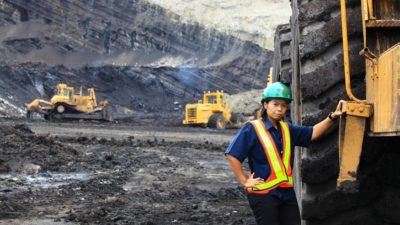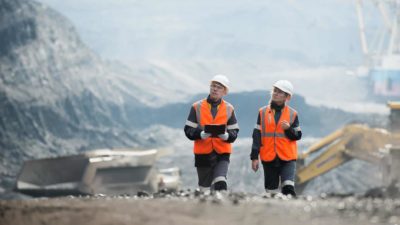It hasn't been a fun week for Fortescue Metals Group Ltd (ASX: FMG) shareholders. The Fortescue share price has fallen 10% and the FY22 half-year dividend was cut. So why is spending growing at Fortescue Future Industries (FFI)?
For readers that don't know, FFI is aiming to take a global leadership position in green energy and green technology, leading the effort to decarbonise hard-to-abate sectors.
FFI is investing to create a global portfolio of green energy projects to create 15 million tonnes per year of renewable green hydrogen by 2030.
Fortescue has committed to setting aside 10% of its net profit after tax (NPAT) to put towards Fortescue Future Industries each year.
Dividend cut, yet FFI spending is up?
Earlier this week, Fortescue released its result for the six months to 31 December 2021.
Whilst it was one of the strongest halves in the company's history, it did show a decline year on year.
There was a 16% decline of average revenue per dry metric tonne of iron ore. Revenue fell 13%. Underlying earnings before interest, tax, depreciation and amortisation (EBITDA) dropped 28% to US$4.76 billion and net profit after tax declined 32% to US$2.78 billion. Operating cash flow fell 52% to US$2.1 billion.
The dividend was cut 41% to US$0.86 per share. The dividend payout ratio was reduced from 80% to 70%.
But the spending on Fortescue Future Industries is ramping up. FFI's FY22 anticipated expenditure is US$400 million to US$600 million, including US$100 million to US$200 million of capital expenditure and US$300 million to US$400 million of operating expenditure.
As at 31 December, the unutilised funding commitment (of 10% of net profit) was US$651 million, after the first half operating and capital expenditure of US$242 million.
Fortescue's justification
The Australian Financial Review recently ran an article discussing how some Fortescue investors are not convinced by the green focus shift of the business. Why redirect 10% of net profit each year to FFI when that money could be coming to shareholders as profits?
An argument is that Fortescue chair Dr Forrest could have funded FFI himself privately by increasing Fortescue's dividend payout ratio.
But Fortescue's answer is that it's a useful diversification play away from being dependent on Chinese demand for iron, though the company is also looking for other commodities like copper in some of its tenements.
The AFR quoted Elizabeth Gaines, the current CEO, who said that FFI adds a lot of potential financial gains to Fortescue:
Our view is that the market is recognising that there is genuine value that's being created by FFI and the ambitions that we have.
We're seeing interest, certainly from our offshore investors, in the activities of FFI, the strategy that we will deliver on by 2030, and the efforts to decarbonise Fortescue.
A lot of analysts are putting in the capital for decarbonising iron ore operations. They're doing that for us and our competitors. They're putting in the costs, but they're not actually modelling the benefits.
The benefits will be lower energy costs, better ESG outcomes and lower emissions. We won't have to rely on expensive offsets. There are genuine benefits, and I think there is still a disconnect between the cost versus the value that's created.
Fortescue share price snapshot
Whilst Fortescue shares have dipped this week, the share price has still gone up by around 40% over the last four months.









